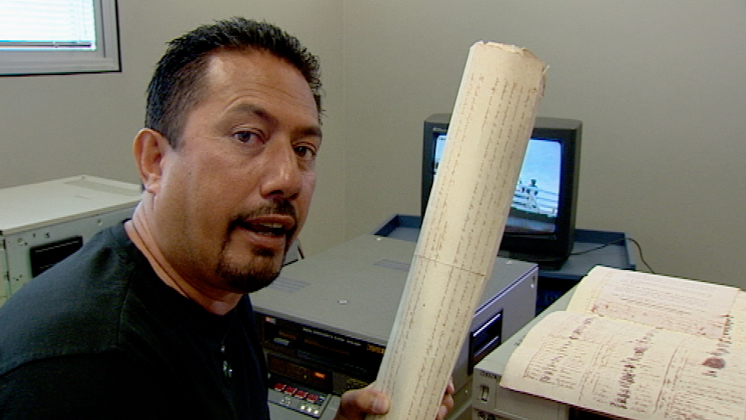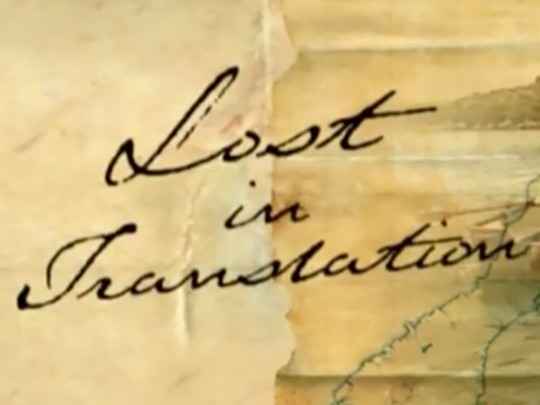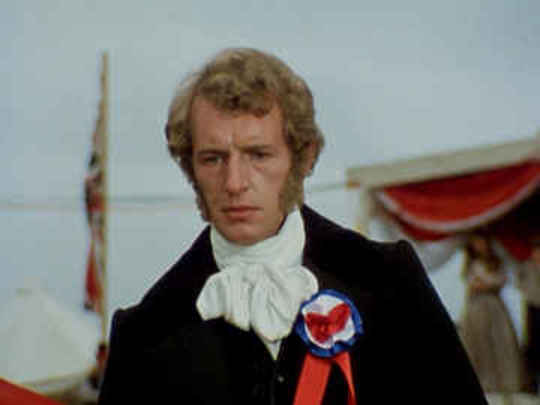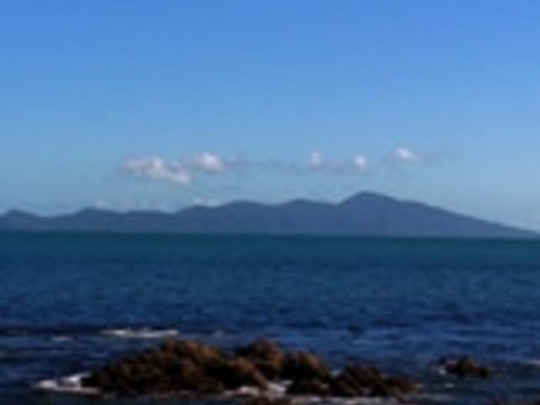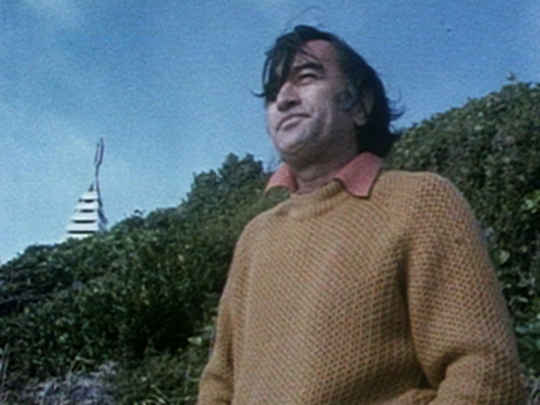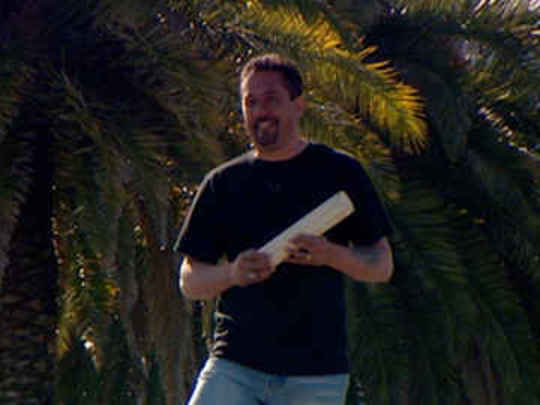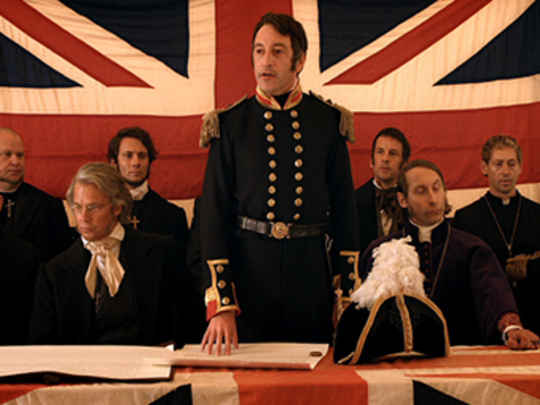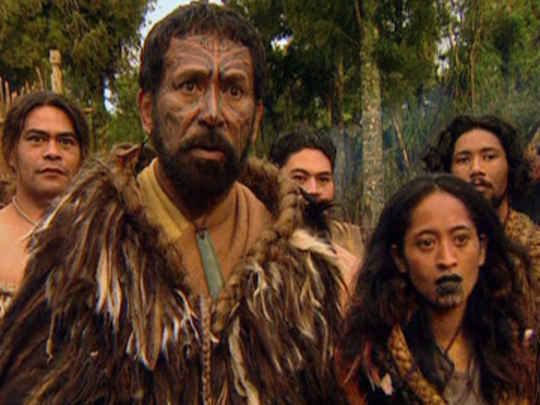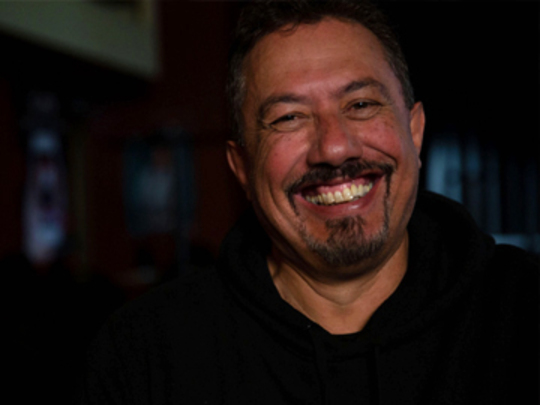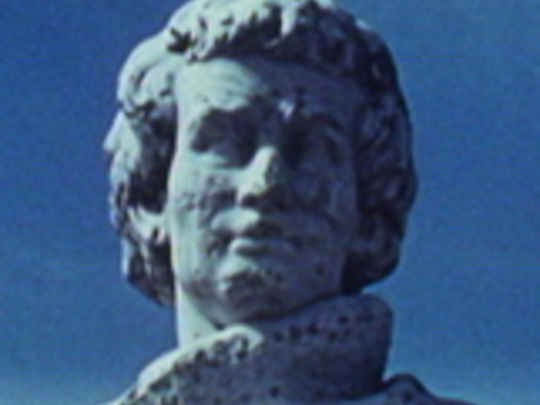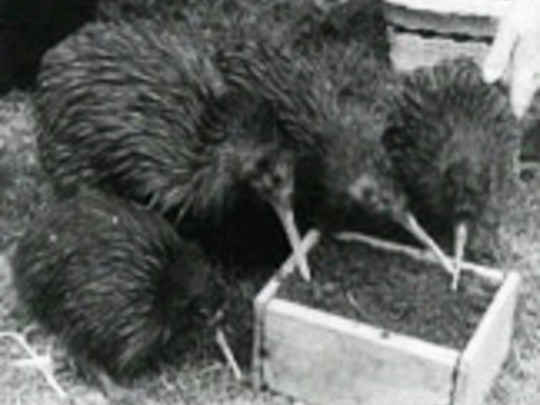Lost in Translation 9 - The Henry Williams Sheet (episode nine)
Television (Full Length Episode) – 2009
Henry was asked to go along with Ngāpuhi on war expeditions ... unlike the British way, where it was all in lines and everyone was regimentedly positioned, he said it was just everyone out there doing it — it was just a free for all.
– Henry Williams' descendant Caroline Fitzgerald on Williams’ thoughts on differing approaches to war
Yeah that’s a term for it. And she also ate a woman.
– Hēni Wirihana Te Rei on Mike King saying that her tūpuna (ancestor) Rangi Topeora seemed like a man-eater
She was also reputed to be the best diver — no one could dive deeper or stay under water for longer than Kahe. She was an amazing woman of the sea.
– Hana Pōmare on her tūpuna (ancestor) Kahe Te-Rau-o-te-rangi
A passion for life, a passion for death. A passion to see utu to people that had killed her family.
– Hēni Wirihana Te Rei describes her tūpuna (ancestor) Rangi Topeora
I feel really lucky to have three daughters because when I look back, you know it’s the women in our family, in our whakapapa, that really stood out.
– Hana Pōmare, descendant of Kahe Te-Rau-o-te-rangi, quotes the words of her own father
Because of his skill as a fighter, Pākehā called him the Māori Napoleon ... he was in favour of the treaty, believing that it would guarantee him possession of all the land that he'd gained by conquest over the previous 18 years.
– Mike King on Ngāti Toa leader Te Rauparaha
In 1840 the Kapiti Coast was home to two powerful women who signed Henry Williams' treaty sheet: one of these, Kahe Te Rau-o-te-rangi was legendary. As a child, Kahe had come south, walking the 300 miles from Kawhia to Kapiti as part of Te Rauparaha's migration.
– Mike King on Kahe Te Rau-o-te-rangi, who once swam 11 kilometres from Kapiti Island to the mainland with her baby
The New Zealand Company was formed in 1839 to promote the systematic colonisation of New Zealand. It was founded on the principals of Edward Gibbon Wakefield, and the desire to create a little England down under. But there was also a place for Māori in this new world: they were to retain a tenth of all land, to secure their future. One of the aims of this colonisation was to civilise a barbarous people, and Wakefield believed that Māori craved colonisation and looked up to the Englishmen as being imminently superior to himself — yeah righteho!
– Mike King on Edward Gibbon Wakefield and the New Zealand Company, who were not fans of the treaty
The 13 Māori women who signed the treaty were all formidable characters who identified in some sense with the British monarch Queen Victoria.
– Presenter Mike King
